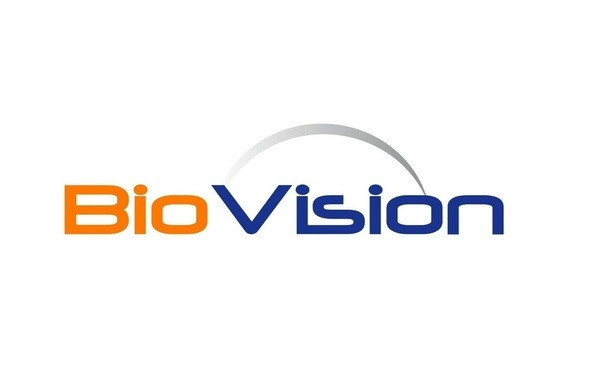Biovision
Human CellExp™ LYVE-1, mouse recombinant
- SKU:
- 26-P1017
- Availability:
- Usually Shipped in 5 Working Days
- Storage Temperature:
- -20°C
- Shipping Conditions:
- Gel pack
- Shelf Life:
- 12 months
Description
Biomolecule/Target: Lyve1
Synonyms: Lymphatic Vessel Endothelial Hyaluronan (HA) Receptor-1, Xlkd1, Lyve-1, Crsbp-1
Alternates names: Lymphatic Vessel Endothelial Hyaluronan (HA) Receptor-1, Xlkd1, Lyve-1, Crsbp-1
Taglines: Ligand-specific transporter trafficking between intracellular organelles (TGN) and the plasma membrane.
Taglines: USA
Country of Animal Origin: USA
NCBI Gene ID #.: 114332
NCBI Gene Symbol: Lyve1
Gene Source: Mouse
Accession #: Q8BHC0
Recombinant: Yes
Source: HEK 293 cells
Purity by SDS-PAGE #: ≥ 98%
Assay: SDS-PAGE
Purity: N/A
Assay #2: N/A
Endotoxin Level: < 5 EU/mg
Activity (Specifications/test method): N/A
Biological activity: N/A
Results: N/A
Binding Capacity: N/A
Unit Definition: N/A
Molecular Weight: 70 kDa
Concentration: N/A
Appearance: Lyophilized
Physical form description: Lyophilized from 0.2μm-filtered solution in PBS.
Reconstitution Instructions: Reconstitute in 1X PBS to the desired protein concentration.
Background Information: Lymphatic Vessel Endothelial Hyaluronan (HA) Receptor-1 (LYVE-1) is a 60-kDa type I transmembrane glycoprotein that is a member of the Link Protein superfamily. HA is found in the extracellular matrix of most animal tissues and in body fluids. It modulates cell behavior and functions during tissue remodeling, development, homeostasis, and disease. It is often used as a marker of lymphatic endothelia. LYVE-1 is expressed on both the lumenal and ablumenal surfaces of lymphatic endothelium, and also on hepatic blood sinusoidal endothelia. This expression pattern, combined with studies showing that LYVE-1 can support cellular HA internalization in vitro, may suggest LYVE-1 participation in HA internalization for degradation, or transport of HA from tissues into the lumen of lymphatic vessels. LYVE-1-directed HA localization to lymphatic surfaces might also affect aspects of the immune response or tumor metastases. HA binding to CD44 can still occur in the presence of LYVE-1 in vitro. Therefore, LYVE-1-directed HA localization to lymphatics could provide a substrate for transmigrating CD44+ leukocytes or tumor cells. In addition to hepatic and lymphatic endothelia, some expression of LYVE-1 has been reported on Kupffer cells, the islets of Langerhans, cortical neurons, and renal epithelium.
Amino acid sequence: N/A
Handling: Centrifuge the vial prior to opening.
Usage: For Research Use Only! Not to be used in humans



